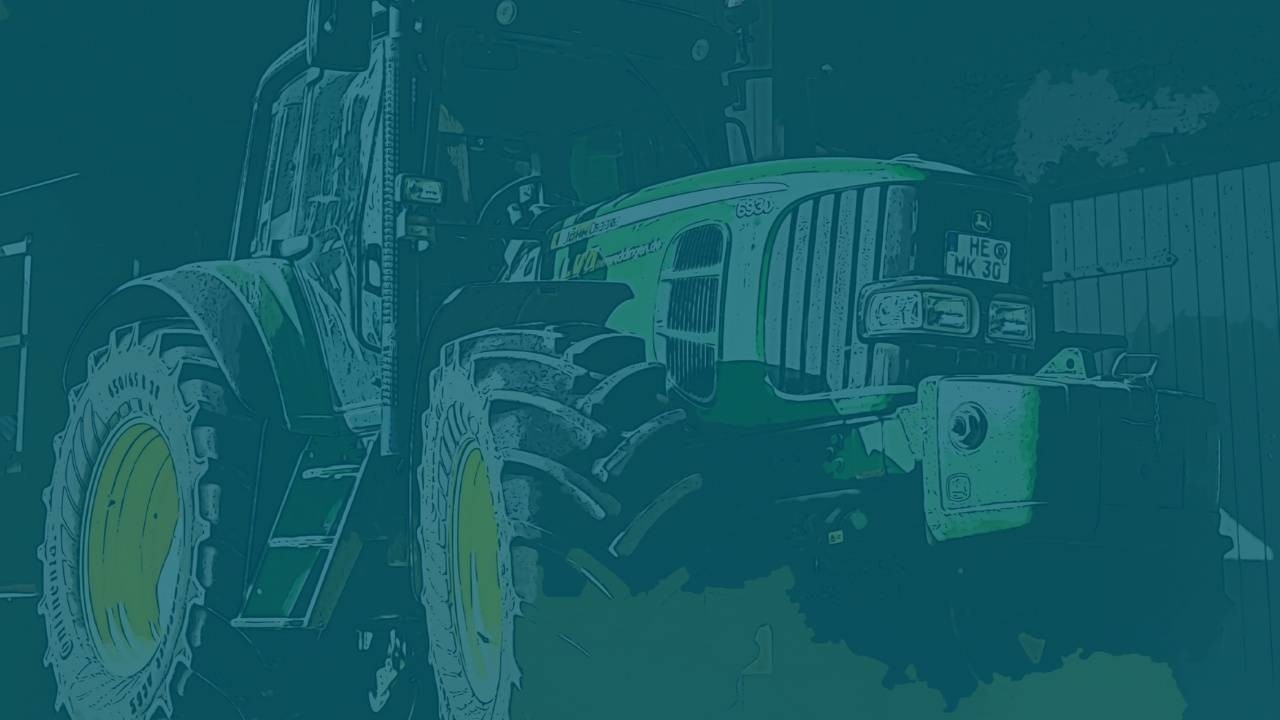
(John) Deere & Co: A Pioneering Technology Company
May 28, 2021🚀 Know The Company
Market Sector: Industrials
Market Segment: Farm & Heavy Construction Machinery
Products: One of the world’s leading manufacturers of agricultural equipment and heavy machinery
Scope Of Activity: Manufactures and distributes agricultural, construction, and forestry equipment. Also has a financing arm that finances equipment sales and leases of Deere equipment.
Deere Overview:
Deere & Co is one of the largest manufacturers of agriculture and construction machinery in the world. The company is a regular feature on the Fortune 500 list and is 184 years old. The company was a pioneer in its industry from the early days. Back then, the convention was to manufacture a tool or equipment after receiving an order. Deere & Co decided to manufacture beforehand and then put the equipment on sale so customers could see the product before buying it. Today, Deere & Co has infused technology and research into products that many would consider to be part of traditional industries. Deere & Co is modernizing agriculture and construction with its technology stack. This will help reduce emissions, fertilizer usage, and fuel usage and improve operational efficiency. In the year 2020, the agriculture segment was the largest with revenues of $22.8 billion. The construction & forestry segments contributed $9.2 billion in revenues. Meanwhile, geographically, the US is the largest market for Deere & Co.
🔑 Key Takeaways
- Agriculture is currently experiencing a very favorable business environment. The commodity uptrend has pushed up prices of corn, soybean, and all sorts of crops. A weaker dollar is also aiding commodity prices.
- Higher prices realized by farmers may lead to excess income which may likely find its way into the purchase of new equipment to replace or upgrade older equipment. Companies like Deere & Co are benefitting as a result. This is the major piece of our overall thesis on Deere!
📊 By The Numbers
- If Deere & Co is positioning itself as an innovative product development business, then how much money it spends on research is a key metric. Over the past 15 years, it has more than doubled its R&D investments from around $700 million to over $1.6 billion. Deere & Co has also increased R&D expenditure as a percentage of net sales from 4% to over 5%.
- While commodity prices are a positive for farmers, they can also lead to higher inflation. If raw materials cost more, then companies like Deere & Co also have to spend more on manufacturing. As a result, margins can get squeezed. However, if a company has pricing power, then it can raise the price of its products and pass on the increase in raw material prices to customers. Another big concern of late has been the rise in shipping costs. Deere & Co seems to have addressed these issues as evident from its gross margins. It has maintained gross margins around the 28% mark fairly consistently throughout the past decade.
💪 Competitive Advantages
- Past their margins, Deere also has a reputation for quality and product excellence. Its founder John Deere once said, “I will never put my name on a product that doesn’t have in it the best that is in me.” This philosophy guides the company to date and the reputation and brand of Deere are its biggest moats. As we saw above, it gives the company pricing power and helps maintain margins during up and down cycles.
- Deere also relies on a large network of independent dealers through whom it sells its products. These dealers have a relationship with Deere for multiple generations and they also have relationships with the farmers. Deere, in fact, has the largest network of such dealers in the US agriculture industry. The dealer network ensures that there is minimum downtime at the customer’s end if something breaks down. This distribution channel is another important competitive advantage that Deere has over its competitors.
Growth Prospects:
- As the US economy is opening up, the demand scenario from the agriculture and the construction sector is poised to improve. The US homebuilding sector is already making new highs over the past few months. President Biden has also announced plans for $2 trillion in infrastructure spending. So, the construction sector is poised to witness increased activity, aiding equipment makers like Deere & Co.
- The demand from the agriculture sector is also expected to remain robust. Higher commodity prices will lead to greater investments by farmers into capital equipment. Plus, global demand, especially from China grain imports is another tailwind. These three metrics largely lend to high growth prospects for Deere!
💰 Valuation:
Deere & Co has been trading at a P/E ratio of close to 25. The historical 5-year average is around 22 - which signals a slightly higher valuation than the average (mostly due to commodity prices driving up their overall stake). Looking at other forms of valuation we see that their current P/B (price-to-book) ratio is 7.5 whereas the 5-year average is 4.9 - another sign of a higher valuation. Looking at these metrics, Deere & Co appears to be valued at a premium largely due to the stock having run up 4X since the March 2020 crash. The last couple of months have seen some consolidation as the stock takes a breather from a 1-year bull run. A breakout above the $395-$400 levels would indicate the resumption of the uptrend. And while it appears overvalued, we actually believe the upside potential is not fully priced in as revenue and earnings will be higher than anticipated, thus driving the P/E ratio down.
Ticker: DE
Rating: Overweight
Target Price: $450
Target Date: 8 Months
Market Cap: ~$113 Billion
Stock Price (May 27, 2021): $360

